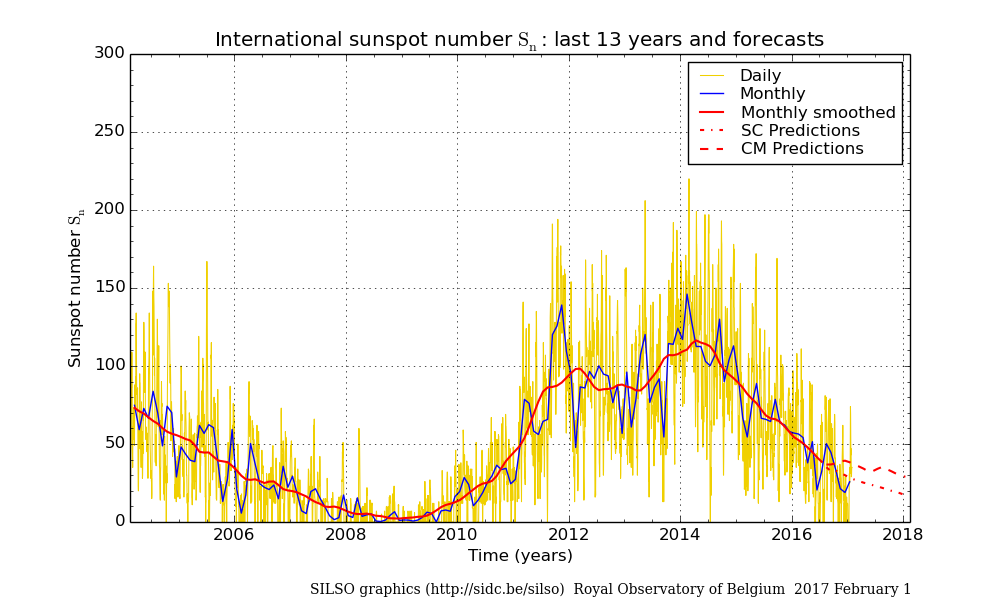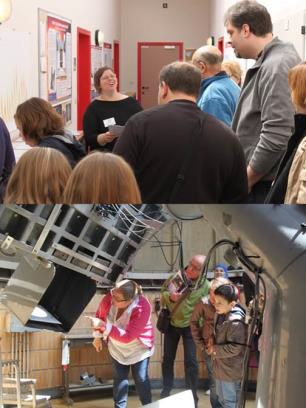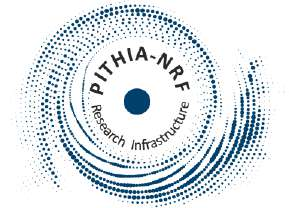 The STCE does Fundamental Research.
The STCE does Fundamental Research.

An inflight incident with an Airbus 320 on 30 October was most likely triggered by the impact of a high-energy particle resulting in an uncalled Single Event Upset ("bit flip"). The required soft- and/or hardware patch grounded 6000 aircraft.
view
Researchers share their most recent knowledge about spaceweather with thousands of Flemish primary school kids during the Wetenschapsbattle (Battle of Scientists).
view
A new data product reflects the progress that the LYRA team has made to discern the different instrumental degradation of quiet-Sun, active-region, and flare signals, and how to correct the data accordingly. The LYRA team wants to present this 15-year daily dataset to the solar community, in order to enable a comparison with various solar indicators, and to study the solar cycle.
view
Exactly 1 year ago, December 5, the duo satellite Proba-3 left Earth to head to space. The telescope ASPIICS, whose task is to make perfect total solar eclipses from space, was onboard. Now, 1 year later, ASPIICS has already delivered a wealth of amazing pictures of the solar atmosphere close to its surface, a treasure box for solar scientists.
viewDesign by WeebPal.





 The STCE does public outreach during the STCE Annual Meeting and the Open Doors of the Space Pole in Uccle.
The STCE does public outreach during the STCE Annual Meeting and the Open Doors of the Space Pole in Uccle.



